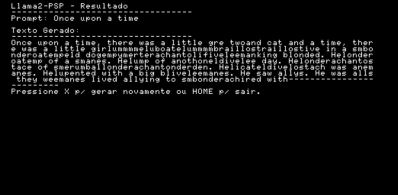[Simone]’s AI assistant, dubbed Max Headbox, is a wakeword-triggered local AI agent capable of following instructions and doing simple tasks. It’s an experiment in many ways, but also a great demonstration not only of what is possible with the kinds of open tools and hardware available to a modern hobbyist, but also a reminder of just how far some of these software tools have come in only a few short years.
Max Headbox is not just a local large language model (LLM) running on Pi hardware; the model is able to make tool calls in a loop, chaining them together to complete tasks. This means the system can break down a spoken instruction (for example, “find the weather report for today and email it to me”) into a series of steps to complete, utilizing software tools as needed throughout the process until the task is finished.
Continue reading “Fully-Local AI Agent Runs On Raspberry Pi, With A Little Patience”


















